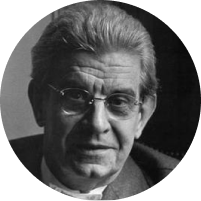|
|

On June 21, 1964 Jacques Lacan founded his School of Psychoanalysis with the aim of assuring the formation of psychoanalysts, the transmission of psychoanalysis, and the re-conquering of the Freudian Field. The New Lacanian School (NLS), created in 2003 by Jacques-Alain Miller, is one of seven Schools founded within the framework of the World Association of Psychoanalysis (WAP). The NLS is a member of the EuroFederation of Psychoanalysis (EFP) that regroups the four European Schools of psychoanalysis oriented by Freud and Lacan’s teachings.